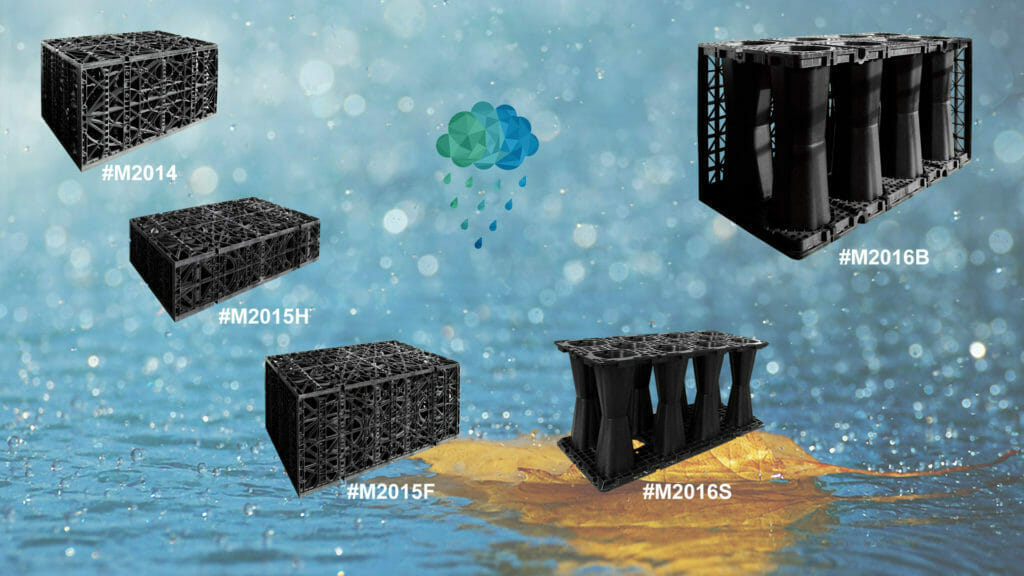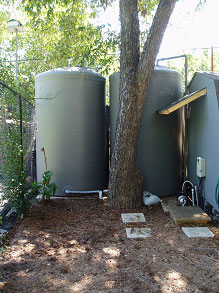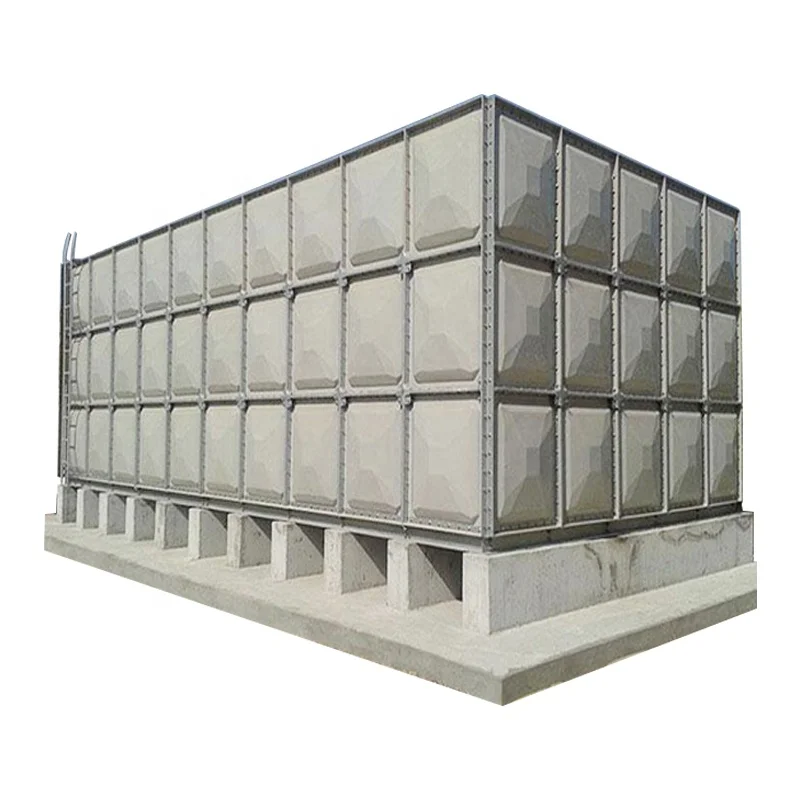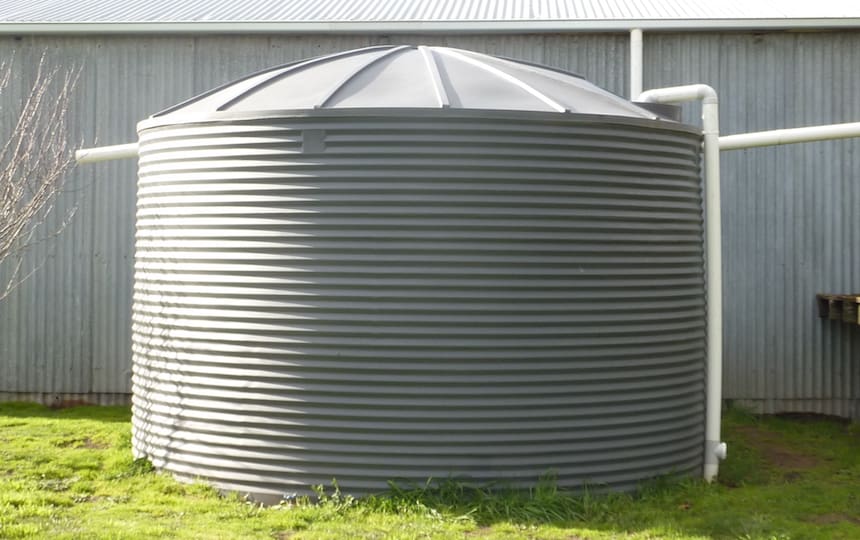Best Materials for Rainwater Storage Tanks

Rainwater harvesting is an eco-friendly and cost-effective way to conserve water. Choosing the right material for your rainwater storage tank is crucial for durability, water quality, and maintenance. This article explores the best materials used for rainwater storage tanks, highlighting their benefits, drawbacks, and ideal applications.
Common Materials for Rainwater Storage Tanks

| Material | Advantages | Disadvantages | Ideal Use Cases |
|---|---|---|---|
| Plastic (Polyethylene) | Lightweight, affordable, corrosion-resistant, easy to install | Can degrade under UV exposure, limited lifespan compared to metal | Residential use, small to medium tanks |
| Concrete | Extremely durable, good insulation, long lifespan | Heavy, requires professional installation, can leach lime affecting water pH | Large-scale storage, underground tanks |
| Steel (Galvanized or Stainless) | Very strong, long-lasting, resistant to impact | Prone to rust if not properly coated, heavier, more expensive | Industrial use, large tanks, above-ground storage |
| Fiberglass | Lightweight, corrosion-resistant, strong | Can be brittle, more expensive than plastic | Medium to large tanks, areas with corrosive environments |
Detailed Material Insights

Plastic (Polyethylene)
Polyethylene tanks are popular due to their affordability and ease of installation. They are resistant to rust and corrosion, making them suitable for various climates. However, prolonged exposure to sunlight can cause UV degradation, so UV-stabilized tanks or protective coatings are recommended.
Concrete
Concrete tanks offer excellent durability and thermal insulation, keeping water cooler and reducing algae growth. They are ideal for large capacity needs but require a solid foundation and professional installation due to their weight.
Steel
Galvanized steel tanks are coated to prevent rust, while stainless steel tanks offer superior corrosion resistance. Steel tanks are robust and suitable for industrial applications but need regular maintenance to prevent corrosion.
Fiberglass
Fiberglass tanks combine strength and corrosion resistance with a lighter weight than concrete or steel. They are less common but valuable in environments where chemical resistance is necessary.
Additional Considerations
- Water Quality: Ensure the material is food-grade or safe for potable water if the harvested rainwater is for drinking.
- Maintenance: Some materials require more upkeep to prevent contamination or degradation.
- Cost: Balance initial investment with longevity and maintenance costs.
- Installation: Consider the ease of installation and whether professional help is needed.
Frequently Asked Questions (FAQ)
Q1: Which material is best for drinking water storage?
A1: Food-grade polyethylene and stainless steel tanks are generally best for potable water due to their safety and resistance to contamination.
Q2: Can I use a plastic tank outdoors?
A2: Yes, but it should be UV-stabilized or shaded to prevent degradation from sunlight.
Q3: How long do rainwater tanks last?
A3: Lifespan varies by material—plastic tanks typically last 10-15 years, concrete and steel tanks can last 30 years or more with proper maintenance.
Q4: Are concrete tanks prone to cracking?
A4: Properly constructed concrete tanks are durable, but poor installation or ground movement can cause cracks.
Conclusion
Selecting the right material for your rainwater storage tank depends on your specific needs, budget, and environmental conditions. Understanding the pros and cons of each material helps ensure you invest in a tank that offers longevity, safety, and efficiency for your rainwater harvesting system.
